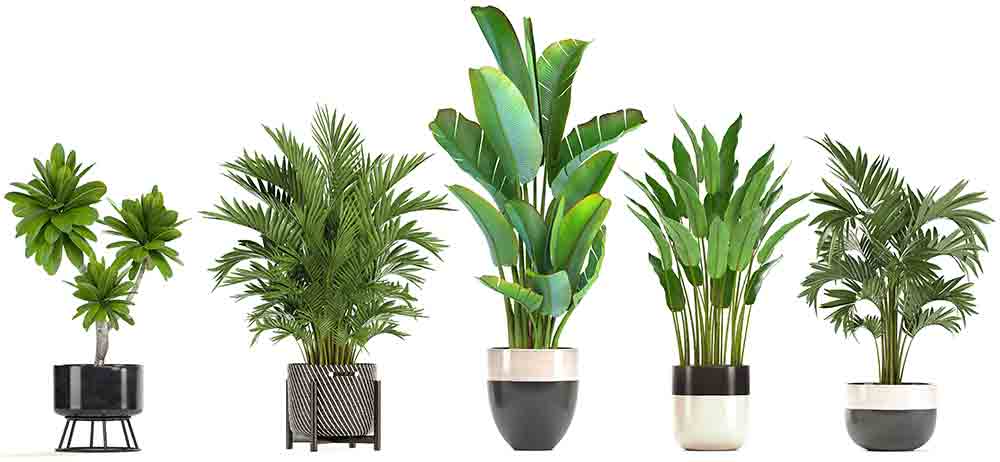
By Jolene Renfro
Would you love to have a garden but are short on space, time, good soil, and experience? Then planting in pots is the solution to your problems. Doing your gardening in small, movable containers is a great way to satisfy your desire to beautify your space with minimal expense and effort.
The first step is to decide what area you want to have your plants and then choose what kind and size container fits the bill. Some possibilities are terracotta ---very organic in feel, ceramic---can be used to add color to the space, something with an antique look--- an old, rusty, little red wagon, or go with an industrial look---like corrugated metal or a horse watering trough. Attractive containers can even be made from the large plastic buckets that once contained cattle feed. These can even be spray painted to match your color scheme. There are also containers made of a light, sturdy Styrofoam material that has the look of concrete, but is much, much easier to work with.
Now that you have chosen a container, or maybe a group of containers that you like, you can place them around the yard to see where they would be in an eye-catching place, and also determine the amount of sun they will receive in that place. Remember that when plants are advertised as needing “full sun,” the growers are not talking about “full summer sun in Texas,” which is a sure killer for potted plants! Likewise, plants that do not seem to be blooming or fruiting properly probably need more hours of sunlight, and that is the beauty of planting in pots—you have a garden on wheels!
The next step in your preparation is ensuring the container has good drainage. Drill holes in the container’s bottom, if necessary, to keep the roots from drowning during heavy rainfall. Then cover those holes with some weed barrier cloth to keep the soil from washing out. On top of the weed barrier, put a few inches of pea gravel. This will give some weight to the container for a little extra stability. If you have a really deep container, you can put in some packing peanuts or crushed plastic water bottles to take up a few inches of extra space without adding more soil.
Finally, fill the container with a good potting soil mixed with compost and a little slow-release fertilizer. Don’t add soil all the way to the top, so it won’t wash out over the side when you water. Because the growing medium is confined to a container, it will need to be fertilized and watered more frequently, but because the space is so small, it’s not much of an effort.
At last, it is time to choose your plants. You can go with a monochromatic theme, using various plants of the same color, or go more natural, mixing plants with many colors. How about planting a salsa garden, using tomatoes, peppers, cilantro, garlic, and onion in one pot to produce vegetables you can pick and use to make salsa? Or an herb garden? Or a grouping of flowers that will attract butterflies and hummingbirds? Or a variety of lettuces? Succulents are great in container gardens because they are so forgiving and, in my experience, will grow despite your care, or lack of it. Put mulch on top of the planted soil to help retain moisture.
The only rules for planting in a container are:
1. Group your container plants with others that have the same sunlight/water requirements,
2. Plant the tallest plant in the center, medium height plants around that tall plant, then let some plants cascade over the edge,
3. Don’t plant a small plant in a large container or a big plant in a small container, and finally,
4. Be kind to yourself—you learn more from your failures than from your successes, and with container gardens, it is easy to try something else if you are not pleased with your first effort.
Image sourced from Adobe Stock Photo Library
You are a guest
or post as a guest
Be the first to comment.

